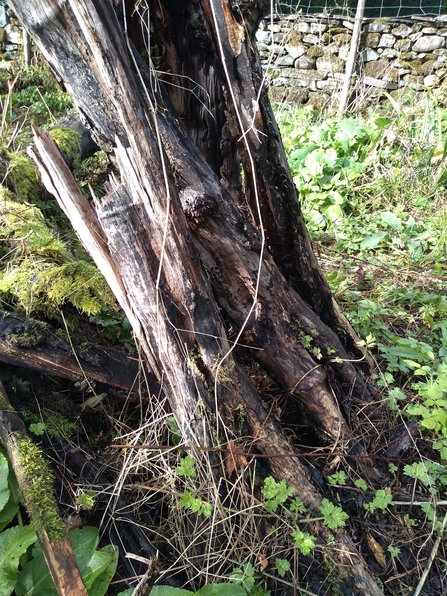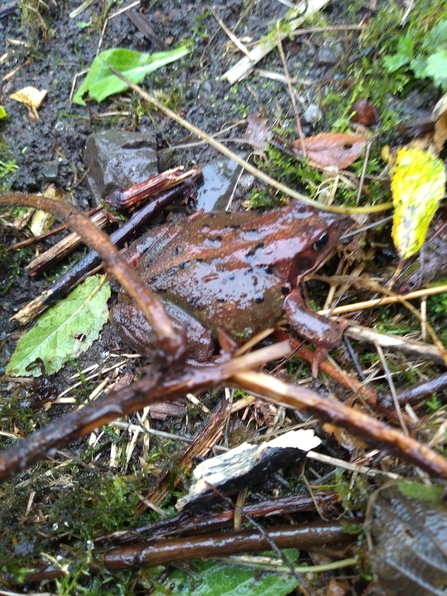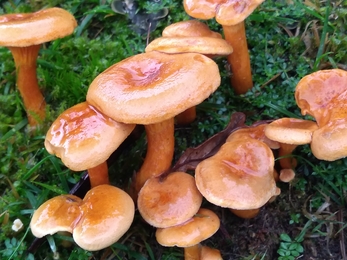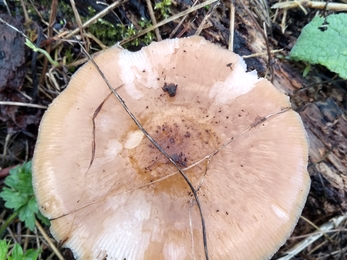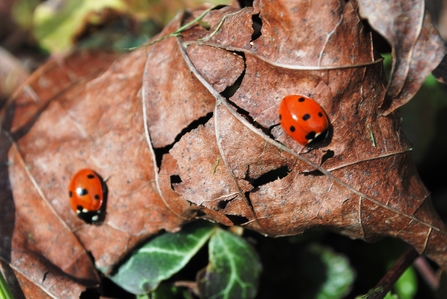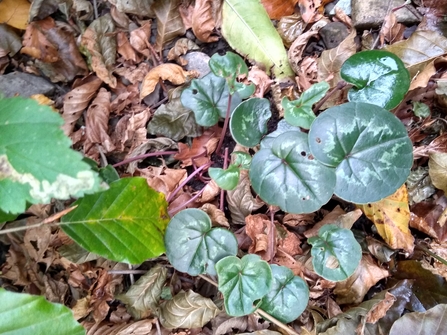How important is it to just relate to all that happens at the tips of our feet on the very ground we walk? To the air above our heads.
From every rotting piece of wood that houses a variety of insects and beetles, to hopefully our long lost hedgehog hiding in our natural or ready-made shelters, to the birds on the feeders, the bats in the air, and spiders. The list goes on.


